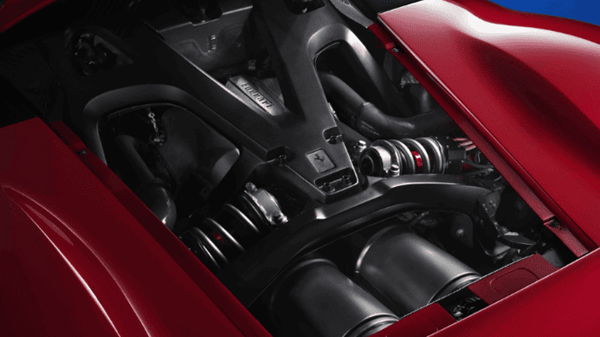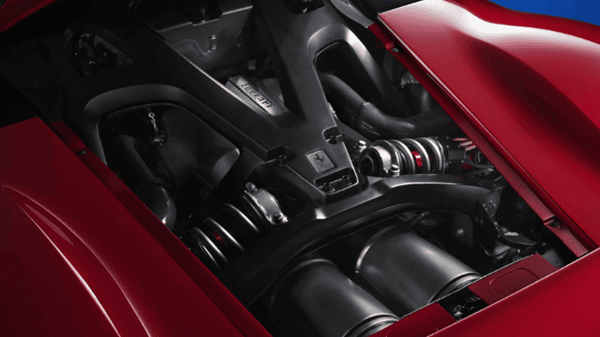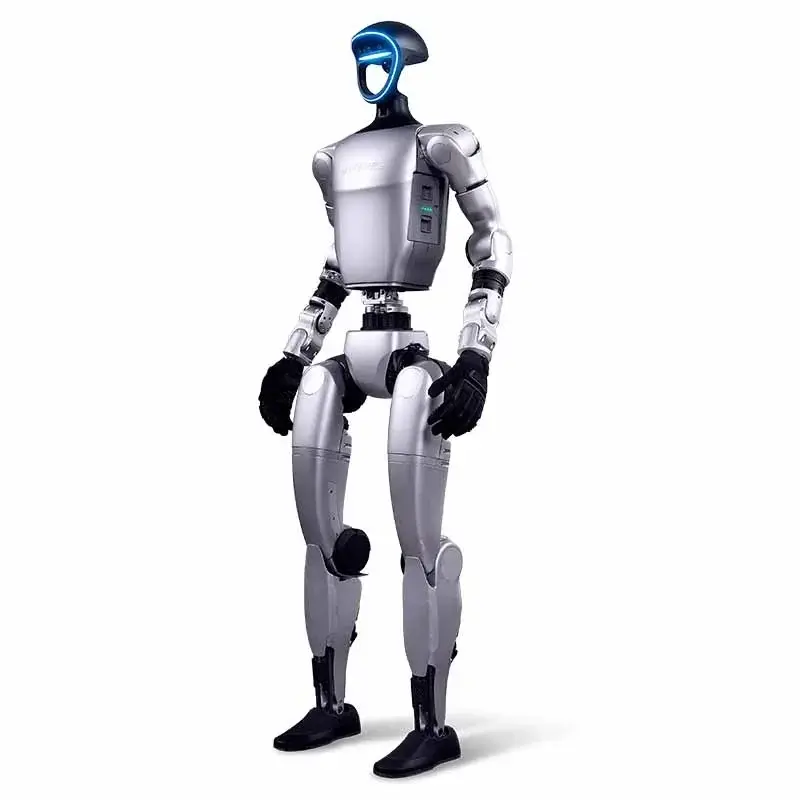Ferrari, the iconic Italian brand of luxury cars and racing,The new limited edition F80 supercar was released on October 17. Production of the model will begin in 2025 and continue until 2027 to mark the manufacturer’s 80th anniversary. In total, 799 copies will be produced, all sold for a unit price of 3.6 million euros. But what’s so special about this supercar? Ferrari has announced the integration of 3D printed metal parts, a first for the brand, but until now the brand has been cautious about its production methods and especially its use of technology.
Like other well-known brands like Bugatti and McLaren,The F80 marks a turning point in performance, technology and engineering. However, Ferrari stands out for its superior production capabilities and wide range of users. The new supercar joins the lineage of iconic Ferrari models such as the F40 and LaFerrari. It embodies excellence in internal combustion engine engineering while integrating advances in the latest generation of hybrid technology.
What are the 3D printed parts of the F80?
3D printing plays a key role in the F80’s active suspension system. The supercar features four-wheel fully independent suspension, powered by four 48V electric motors and designed with a double wishbone system. The suspension includes active shock absorbers and control arms made by additive manufacturing. In particular, the upper wishbone is made using 3D metal printing technology, which is a first for a Ferrari road model. A completely redesigned active suspension system is one of Ferrari’s key innovations and is designed to optimize the vehicle’s performance on the road and track. It successfully reconciles two often opposing requirements: ensuring stable driving on the track by reducing unevenness, while effectively absorbing road irregularities during daily road use.
This approach has several advantages, such as optimized setup, precise wheel control, reduction of unsprung weight, elimination of stabilizer bars and precise camber adjustment. It is also important to emphasize that3D printing offers many benefits in the automotive sector, such as weight reduction, design flexibility, rapid prototyping and production, and efficient use of materials. Although details on the production technology have not yet been revealed, this advancement marks an important milestone for Ferrari. The total output of the F80 is 1,200 horsepower, making it the most powerful Ferrari road car ever produced. It only takes 2.15 seconds to accelerate from 0 to 100 km/h, and the top speed can reach 350 km/h.
Daguang focuses on providing solutions such as precision CNC machining services (3-axis, 4-axis, 5-axis machining), CNC milling, 3D printing and rapid prototyping services.











































